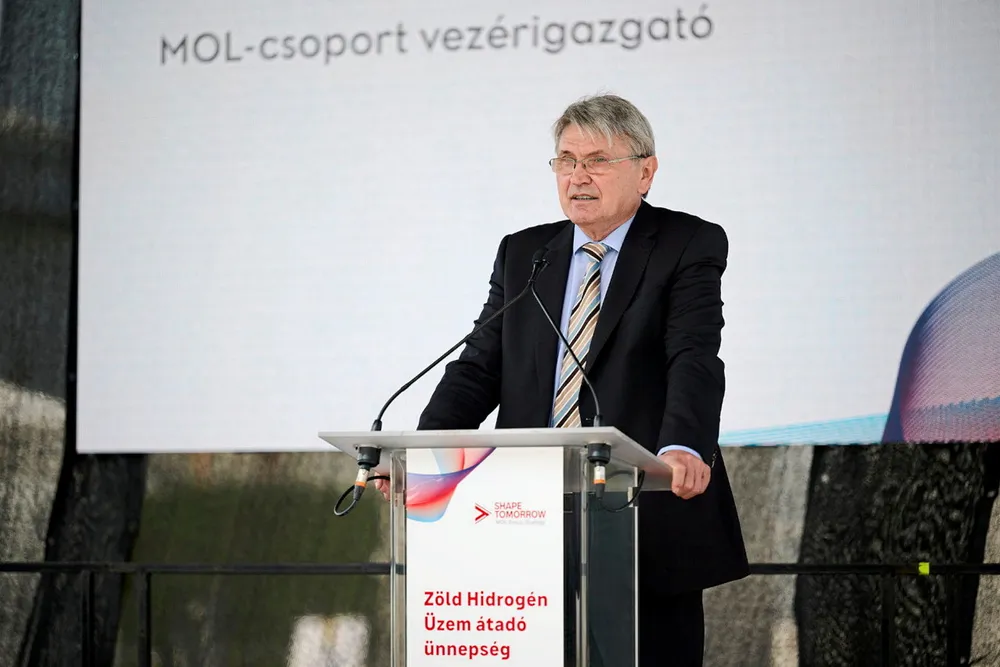Oil company vows to produce clean hydrogen at more refineries after opening largest green H2 project in Central and Eastern Europe
MOL Group has installed a 10MW electrolyser supplied by Plug Power, with an eye towards meeting EU targets and supplying potential renewable hydrogen market
